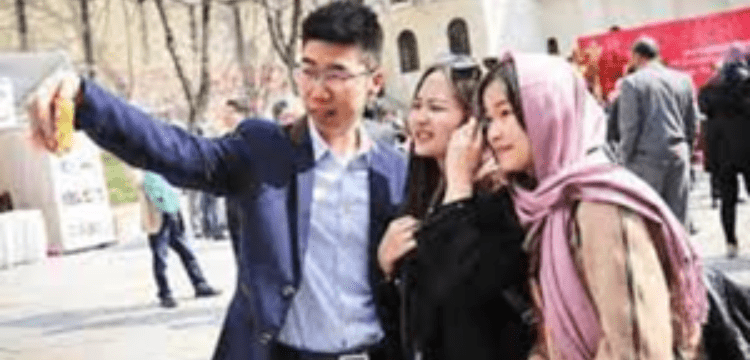[vc_row][vc_column][vc_column_text dp_text_size=”size-4″]Western tourists, who flocked to Iran just a few years ago, are being advised by their governments to stay away, forcing the Islamic republic’s struggling tourism industry.
Hoping for better days, tourism professionals are wooing visitors from countries like China and Russia which maintain good ties with Iran.
Westerners have long been attracted to Iran’s many ancient and Islamic sites, its mountain scenery and its millennia-old culture.
European visitors began to return to Iran in 2015, when it emerged from decades of isolation after signing a landmark nuclear deal with major powers led by the United States.
In 2019, tourist arrivals hit eight million, as holidaymakers thronged sites such as Isfahan, Persepolis and Shiraz, the jewels of ancient Persia.
The rapid growth of the industry raised hopes that arrivals could reach 20 million a year by 2025, but they were quickly dashed by a series of setbacks.
“The backsliding started after the United States withdrew from the nuclear deal in 2018” and began reimposing crippling economic sanctions, said Farzaneh Mohammadi of state-owned Iran Railways.
In 2019, anti-government demonstrations swept the country. The following year, Iranian air defences downed a Ukrainian airliner shortly after takeoff from Tehran after mistaking it for a US cruise missile, dealing a heavy blow to confidence. “Efforts were then launched to restore the situation, but recent events have dealt a fatal blow to tourism,” Mohammadi said.
He was referring to the wave of protests that spread across the country after the death in custody last September of Mahsa Amini, 22, an Iranian Kurd arrested for an alleged breach of Iran’s dress code for women.
[/vc_column_text][/vc_column][/vc_row]











